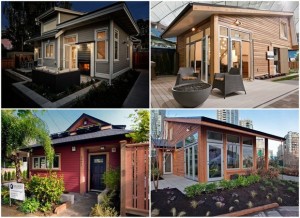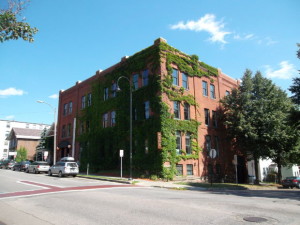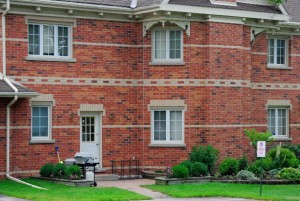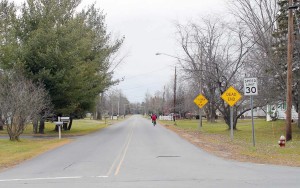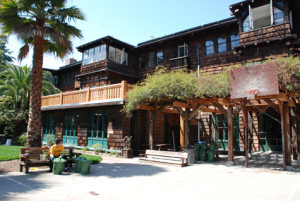If a crisis isn’t mentioned in a presidential debate (as the national housing crisis was not, in either of the televised colloquies over the past week), does that mean it doesn’t exist?
Of course not. Whether the candidates are willing to discuss it or not, the affordable housing shortage remains a damper on economic vitality and job creation. Burlington’s latest housing market analysis (July 31) gets to this point right in the first paragraph:
“Burlington’s housing market is marked by an imbalance between supply and demand. … The rental housing imbalance translates into high housing costs (relative to income) and lower quality rental housing stock. … An imbalanced rental housing market also impedes economic growth since employers have trouble recruiting and retaining their workforce.”
The same can be said for many other communities in Vermont and beyond, as seen in these news bulletins from the last few days:
- Toyota Financial Services decided to pull out of Los Angeles and move to Plano, Texas, in part because of LA’s high housing costs and rent burdens.
- Well up the coast, in northwest Oregon, the lack of affordable housing “threatens the viability” of major cheese company that is subsidizing a housing task force in a county, beset by negligible development.

- In Key West, the Naval Air Station has trouble retaining civilian employees because of high housing costs. About half the base’s firefighter recruits wind up leaving after a few months’ training because they can’t afford to live there, according to the chief.
- In Travers City, Mich., the housing shortage repels new workers, in a kind of vicious cycle.
 “Builders can’t construct housing because they lack works and workers won’t relocate to the area because they can’t find housing,” The Traverse-City Record-Eagle laments.
“Builders can’t construct housing because they lack works and workers won’t relocate to the area because they can’t find housing,” The Traverse-City Record-Eagle laments. - Colorado, the rental market is so tight in some ski towns that some workers are living in their cars or in temporary shelters. Several hundred Vail Resort workers recently confronted another kind of indignity: they were informed that they’d have to share rooms in the employer’s housing complexes.




